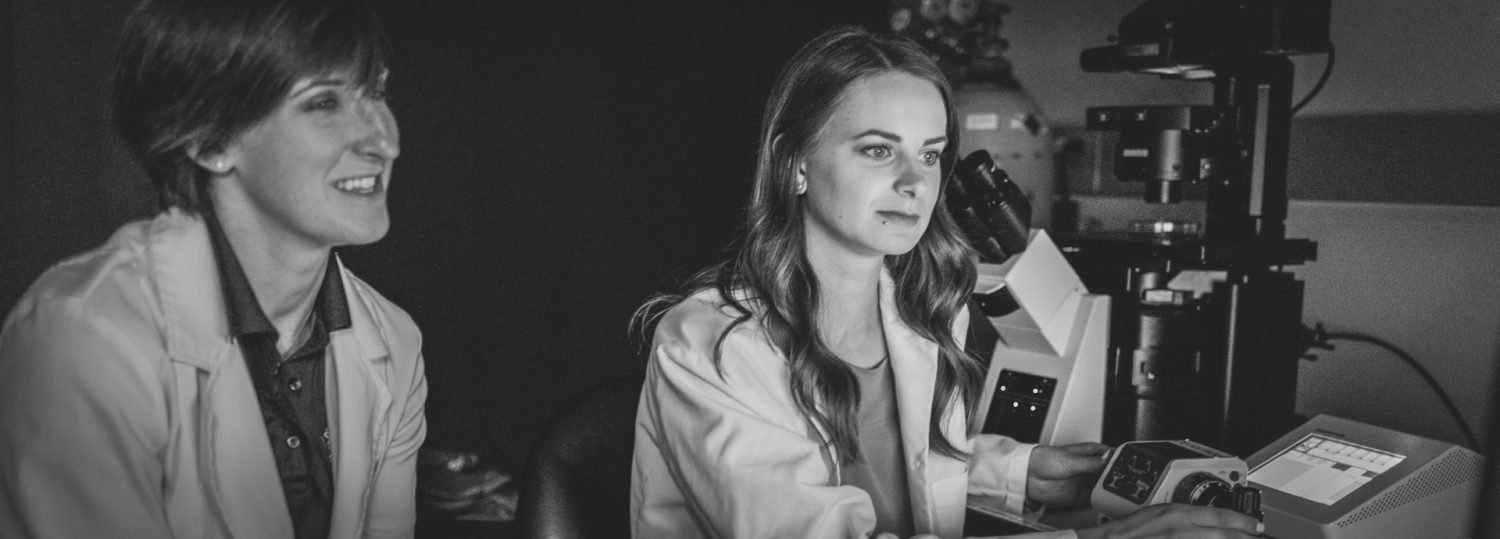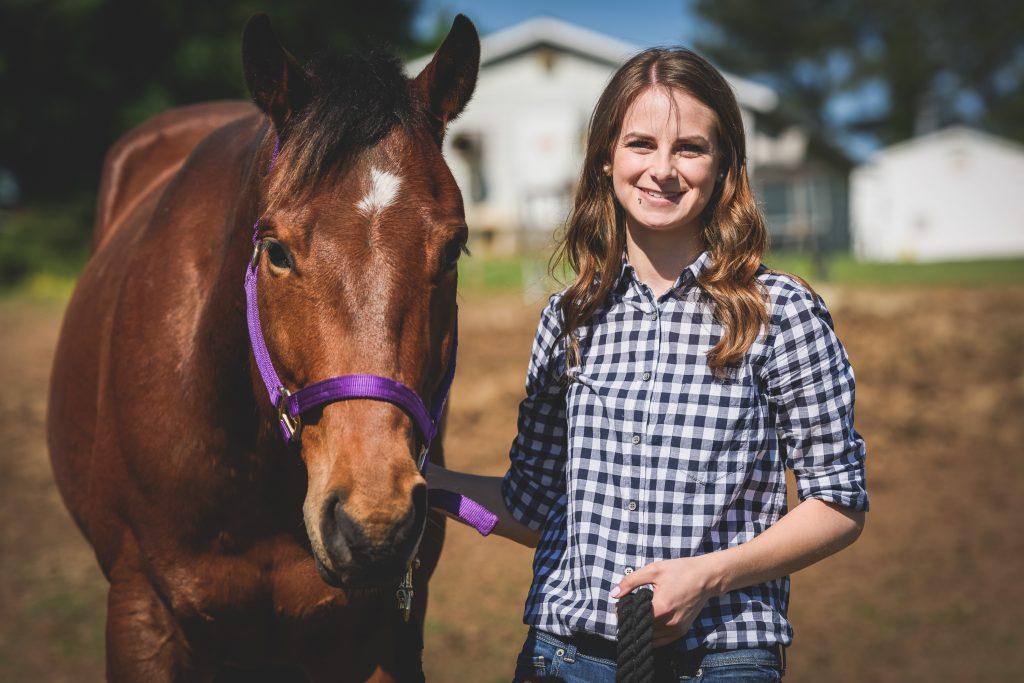
Stem cell therapies
UNDER CONSTRUCTION
Stem cells are the building blocks of life. They are the foundation upon which our bodies are built.
Stem cells also support the healing of damaged tissues, making them invaluable when treating injuries and wounds. Stem cell therapies in horses can speed recovery times and lead to enhanced, more complete recoveries. For example, tendons (the rubbery tissues that attach muscles to bones) are less likely to be re-injured when stem cells are used to promote healing.
Unfortunately, stem cell treatments are logistically difficult to administer to horses. Not all horses make stem cells that can be used to treat injuries and cells from an appropriate donor can take weeks to prepare.
“Banking” stem cells – harvesting and preparing them to have on hand before they are needed – is possible, but it’s common for banked cells to be misidentified as a threat by the injured horse’s immune system. In that case, the immune system destroys the donor cells before they can promote healing.

Dr. Alix Berglund, DVM joined the Schnabel Lab in 2014 and is perfecting the art of disguise for horse stem cells. Every cell in an animal body has unique markers, like “3D name tags”, on its surface. These are structures identify the cell, so the body knows how to respond.
If markers on a donor cell aren’t recognized by the immune system of a recipient horse, then the donor cells may be killed. This is a normal and healthy response to foreign cells in the body that keeps animals from getting sick.
In collaboration with biomedical engineer Dr. Matthew Fisher, Dr. Berglund is working not to suppress the immune system, but to change the markers of donated cells so they’re not rejected. She’s experimenting with proteins that reduce the markers produced by donated stem cells.
Lab trials show promise that these treated, donor stem cells may avoid detection by the recipient’s immune system and can therefore assist in tissue repair. Treating donor cells this way could increase the efficacy of stem cell banking, allowing donated cells to be used much more reliably. Critically, it could also improve the health and lives of our equine patients.
